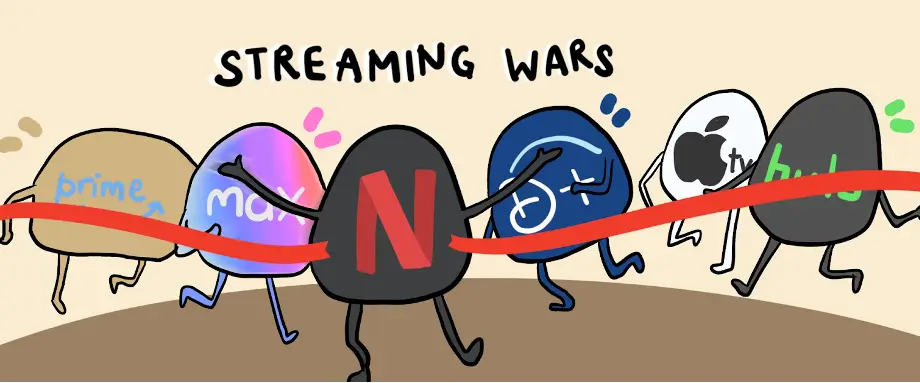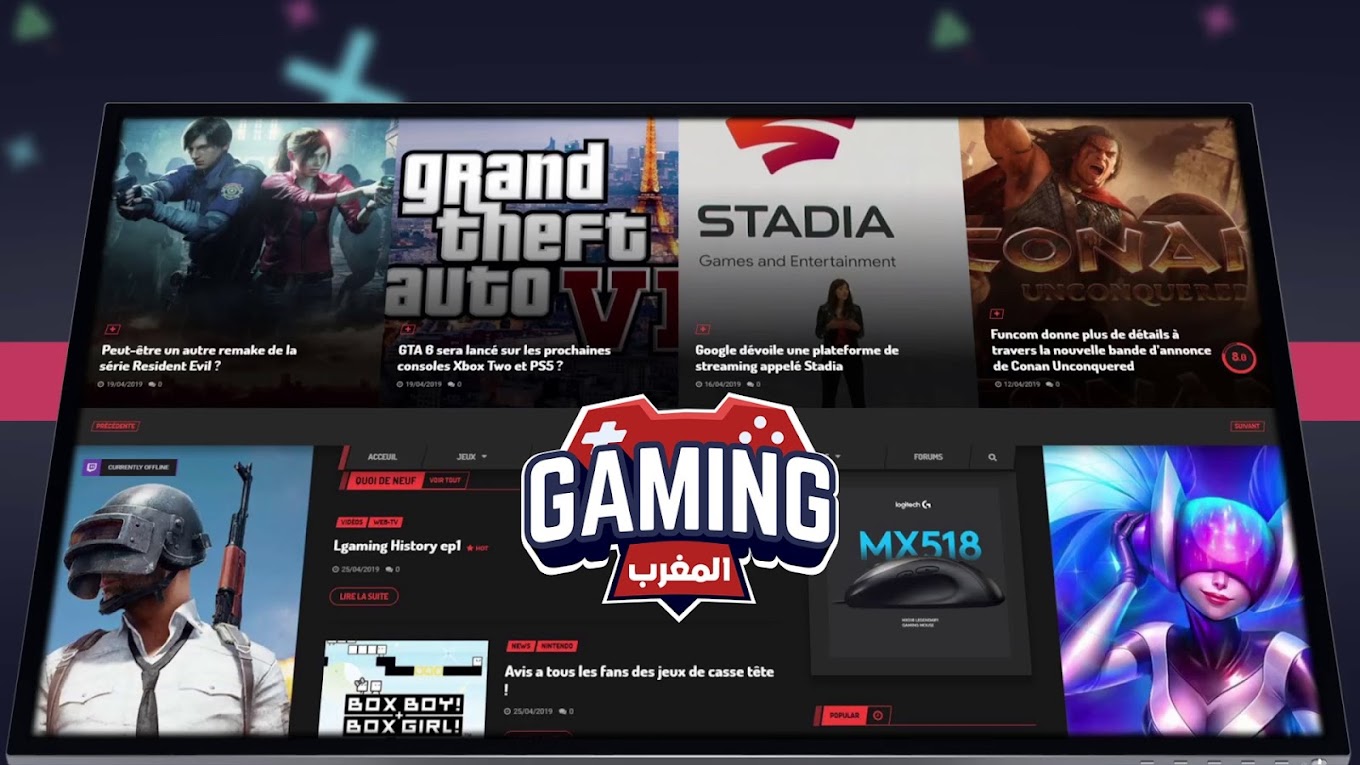Blue Protocol, an incredibly anticipated MMORPG created by Bandai Namco, was poised to become the next big trend in gaming. With its amazing animation-style graphics, exciting gameplay and promise of a whole, immersive world, Blue Protocol created massive excitement among those who enjoy the genre. Yet, despite its initial possibility, Blue Protocol ultimately failed to meet expectations. The question is: why did Blue Protocol fail? In this blog, we’ll look at the causes that led to its demise, from unrealistic expectations to technical issues and poorly-designed strategies for market entry.
Background on Blue Protocol
Blue Protocol was developed by Bandai Namco, a studio known for successful franchises like Tales of and Dark Souls. The game was announced as an action MMORPG focusing on anime-inspired visuals and fast-paced combat. Targeting both Japanese and global audiences, Blue Protocol aimed to carve out a niche in the competitive MMORPG market. Its development timeline spanned several years, with teasers and gameplay reveals building anticipation among fans. However, the final product struggled to deliver on its early promises.
Initial Hype and Promises
Before its release, Blue Protocol generated immense excitement. Teasers and gameplay trailers showcased breathtaking visuals, dynamic combat, and a vibrant world. The community, especially in Japan, was captivated by the game’s potential. Globally, players were eager for a fresh MMORPG experience, and Blue Protocol seemed the perfect candidate. Unfortunately, the reality fell short of the hype, disappointing many players.
Reasons Behind Blue Protocol’s Failure
Unrealistic Expectations
Blue Protocol’s teasers and promotional material set the bar extraordinarily high. The game promised high-end visuals, smooth gameplay, and a vast, immersive world. The final product did not live up to these extravagant expectations. The difference between what was presented and what was delivered caused players to be misled.
Performance Issues
The technical issues affected Blue Protocol from the start. Players complained of lengthy load times, frequent crashes, and optimization problems that rendered Blue Protocol impossible to play for many. The performance issues masked the game’s strengths and turned players away.
Limited Content at Launch
One of the significant critiques was the absence of a substantial amount of content when it launched. The game was a bit stale, with monotonous gameplay and a deficiency of worthwhile activities at the end. This caused players to become fatigued and a rapid decrease in player engagement.
Unevenness in Global Market Preferences
Although Blue Protocol resonated with Japanese players, it could not be a hit with international players. Cultural variations in the game’s design for pacing and storytelling caused a gap. Western gamers found the game’s mechanics and content insufficient compared to other MMORPGs.
Monetization and Microtransactions
Blue Protocol’s strategy for monetization was a further source of dispute. It introduced microtransactions that seemed unbalanced and pay-to-win, disappointing players who had hoped for an enjoyable and fair experience. The game also alienated the community.
The competition comes from Other Games
The market for MMORPGs in 2023 was highly competitive, with classic titles such as Lost Ark and Final Fantasy XIV dominating the market. Blue Protocol did not stand out, and players swiftly switched to more polished versions.
Failed Post-Launch Support
Following its initial rocky launch, Blue Protocol’s creators were slow to respond to player feedback and provide release updates. The absence of support after launch made the community feel abandoned, further exacerbating the game’s failings.
More to Read: Biitland.com Digital Assets
The Fallout: How Blue Protocol’s Failure Impacted the Community?
The decline of Blue Protocol’s player base was swift and dramatic. Frustration grew among fans who had invested time and money into the game. Bandai Namco’s reputation also hit as players questioned the studio’s ability to deliver on its promises. The failure of Blue Protocol serves as a cautionary tale for developers in the MMORPG space.
Lessons Learned from Blue Protocol’s Failure
Blue Protocol’s downfall highlights several key lessons for game developers:
- Control Expectations: Beware of overpromising or under delivering.
- Perform better: A polished, optimized game is essential for the retention of players.
- Create Substantial Content Start with sufficient content that will keep the players interested.
- Know Your Target Audience: Customize the game to appeal to local and international markets.
- Post-Launch Support Is Important: Regular updates and involvement from the community are crucial to long-term success.
Conclusion
So, why did Blue Protocol fail? The answer lies in unrealistic expectations, technical shortcomings, and a lack of alignment with player preferences. While the game had potential, its inability to deliver on its promises and compete in a saturated market led to its downfall. Developers must learn from Blue Protocol’s mistakes as the MMORPG genre evolves to create games that captivate and retain players. The future of MMORPGs depends on balancing innovation with player satisfaction, and Blue Protocol’s experience serves as a valuable lesson for the industry.
More to Checkout: Betechit.com Contacts






